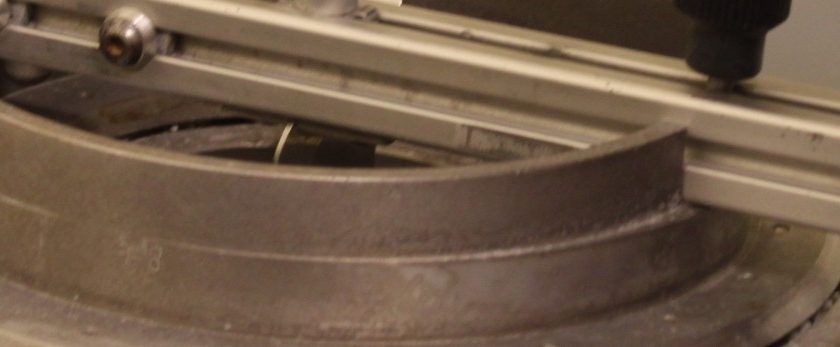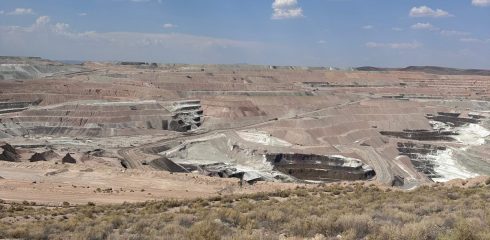
A few years back a client came to us in a panic. The investors were ready to pull the plug on a new technology converting biomass to energy because non-uniform feed into the reactor was not allowing the pilot process to run long enough to demonstrate viability. Our client was convinced their process was sound, if they could only run it long enough. They had worked out all the chemistry on paper and in the lab. When it came to run the process for some duration, they had put together some commercially available solids handling equipment (which on paper made sense). After all, how hard could it be to move some particles at a constant rate into a higher pressure environment.
When we were presented with the problem, it was immediately obvious to us that the equipment selected was not capable of achieving the uniformity required. While we had never designed that exact feed arrangement, by characterizing the fuel to assess its flow properties, we were able to design a system that we were confident would provide uniform feed.
At this point, the investors needed more than a set of drawings to feel assured of the viability of the system. To address their concerns, we built the critical components of the system, and demonstrated it in our facility. This novel idea of biomass-to-energy was saved – for a while.
The next step in the development of the process was to demonstrate at a larger scale. When scaling fluid systems, there are often well-established and reliable scaling parameters. Not so with solids… Some properties do not scale with size (e.g. required hopper outlet to avoid blockage), others get better at larger scales (e.g. hopper slope required for mass flow), and some get worse (e.g. critical discharge rate for fine powders).
Knowing the properties of the biofuel we were working with and how they would vary with scale, we built a larger scale model, including more parts of the process, to demonstrate the system’s ability to feed uniformly over a longer period of time at higher rates. The system also worked, and the process that was almost killed by solids flow problems is on its way to commercial success.
Not every process handling solids requires physical modeling. In fact, we have sound theories for many applications that allow us to use properties of solids measured in bench scale tests to design full-scale systems without any modeling. When the application is unique, or the risk of failure is high, physical modeling of the solids handling system may be necessary. In these cases, it is paramount that modelers understand the parameters that can be scaled, and those that can’t be.





